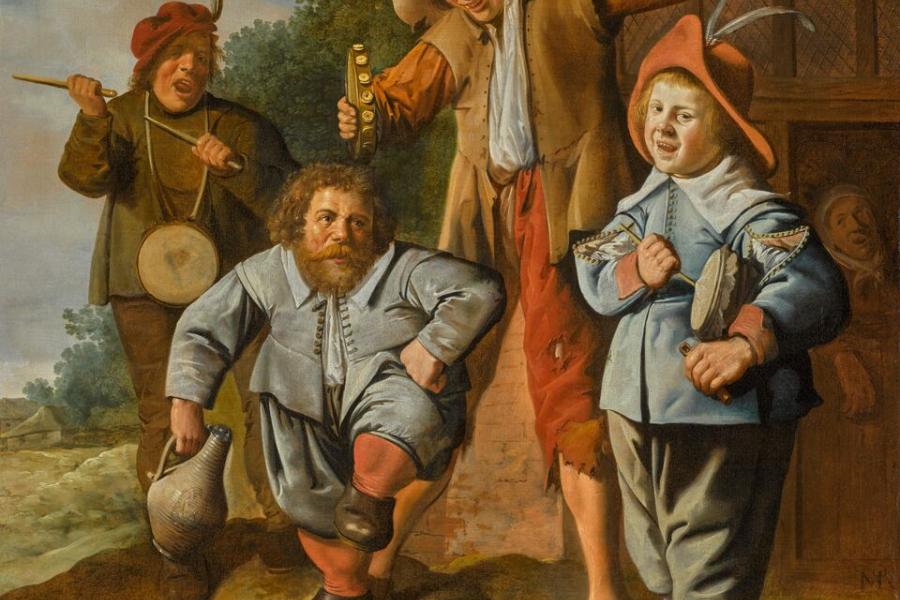London 17 April 2019: This year, Sotheby’s will offer for sale 225 works from the esteemed SØR Rusche collection. Amassed over four generations, most recently by businessman and collector Thomas Rusche, the collection comprises an unrivalled selection of the finest works by some of the more minor masters of the Dutch and Flemish 17th centuries.Presenting the entire group of Old Master paintings from the collection across four auctions in London this year, the sales will feature works by lesser-known artists whose contributions to the Golden Age of Dutch art have often been overlooked. Earlier this year, a highlight from the collection, a rare and elegant still-life by Flemish artist Michaelina Wautier, sold at Sotheby’s in New York for $471,000 - more than triple it’s low-estimate.
Spurred by the ethos ‘the best of the smallest’, four generations of the Rusche family built a collection of works by artists, many of whom, despite being held in high esteem in their day, were subsequently overshadowed by some of the biggest names in art history.
From David Teniers the Younger, Jan Asselyn and Jan Miense Molenaer to Horatius Paulyn and Emanuel Murant, the unique collection offers a broad survey of 17th-century Dutch and Flemish painting, reflecting the diversity of art that was created and collected in the period, and bringing to light the many masters of the age who helped establish the Netherlands as the heart of the Northern European art market in the 17th century.
Hailing from a rich lineage of passionate art collectors, Thomas Rusche started collecting art at the age of 14. Applying the same eye for beauty and design used to develop his luxury German fashion brand, Rusche expanded and refined the collection begun by his great-grandfather in the early-20th century.
Georgina Eliot, Sotheby’s Associate Specialist of Old Master Paintings, added, “What is particularly exciting about this collection is that it helps us widen our understanding of the Dutch Golden Age. It shows how the artistic output of the period was so much broader than the works produced by the artists that have become household names. It is wonderful to handle a collection, formed by Egon Rusche’s philosophy, where quality has always been the focus of the acquisitions.”
Paintings were an everyday phenomenon in 17th-century Holland. For the first time it became possible for the wider public to collect paintings, just as in the late 20th and early 21st century with Contemporary Art. While the most renowned artists enjoyed commissions and sales from the Stadtholder court and the Dutch elite, lesser-known painters catered for broader Dutch society, who came to decorate their homes fashionably with vast numbers of paintings, hung from ceiling to floor. As Dutch society prospered, patronage of the arts, which previously had been the domain of the church, began to grow, with the new burgeoning class of wealthy citizens developing a flourishing art market. Filtering through to all levels of society, art also became a prized commodity to be traded and gambled, with paintings often exchanging hands in lotteries, raffles and even games of dice.
 Jan Miense Molenaer, Young musicians with dancing dwarf Estimate: £40,000 – 60,000 Old Masters sale, 8 May 2019 - Mit freundlicher Genehmigung von: sothebys.com
Jan Miense Molenaer, Young musicians with dancing dwarf Estimate: £40,000 – 60,000 Old Masters sale, 8 May 2019 - Mit freundlicher Genehmigung von: sothebys.com






